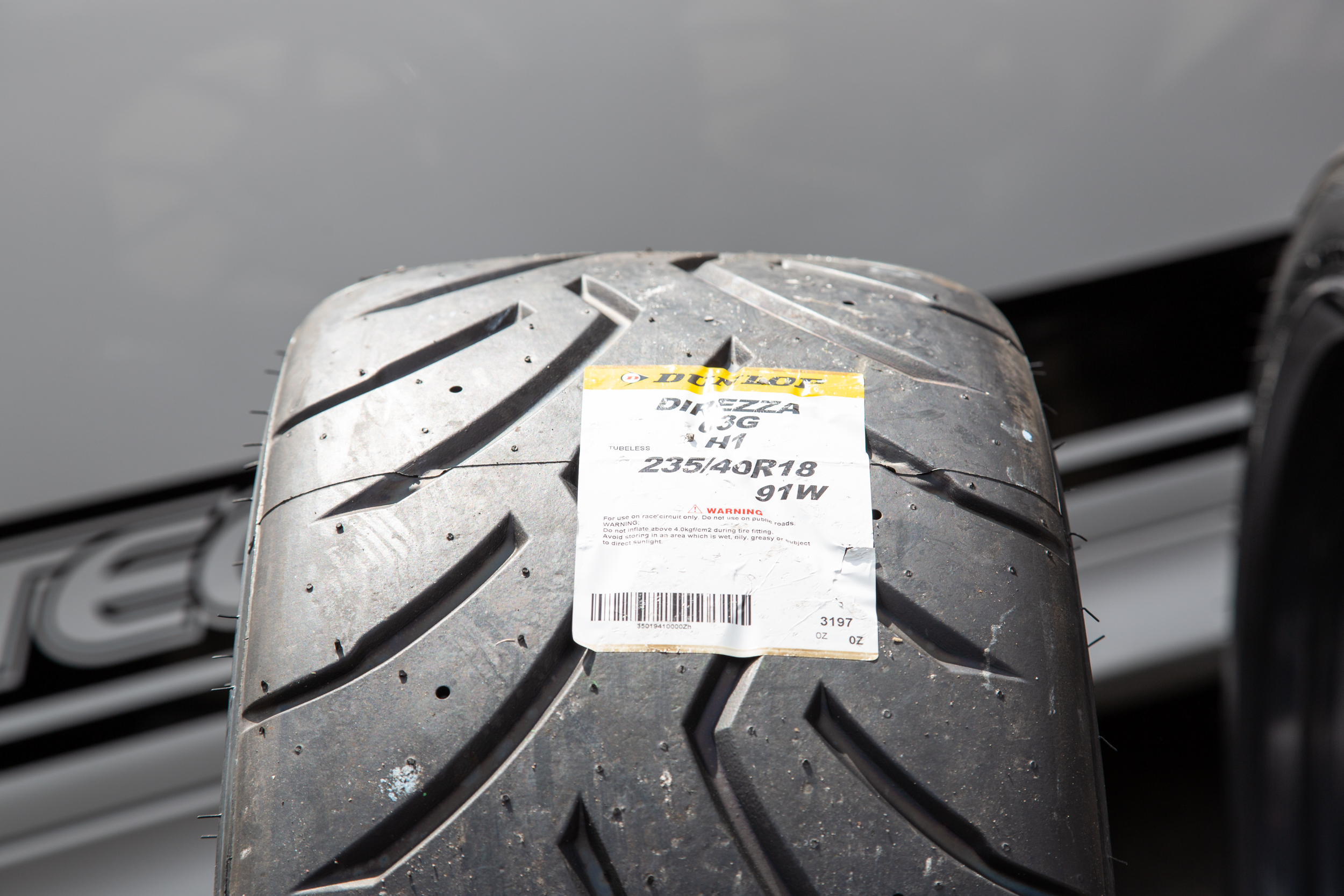All Categories
Featured
Table of Contents
The Michelin provided a comfortable driving experience, qualified by receptive guiding and a progressive understeer equilibrium. Despite the cooler screening problems, Michelin's regular time and hold over three laps suggests its suitability for real-world applications. Alternatively, Yokohama's efficiency was unique. While its super-quick guiding led to a rapid front axle turn, the rear showed a propensity to swing extra.
The tire's initial lap was a second slower than the second, directing to a temperature-related hold increase. For everyday use, the Michelin might be a much safer wager.
Trusted Vehicle Alignment Near Me (Bennett Springs WA)
It shared Michelin's risk-free understeer balance however lacked the latter's willingness to turn. Continental and Goodyear's efficiencies were significant, with Continental's new PremiumContact 7 showing a considerable improvement in wet problems compared to its precursor, the PC6. This model was far less conscious pack adjustments and behaved similar to the Michelin, albeit with a little less interaction at the restriction.
It combined the risk-free understeer balance of the Michelin and Continental with some stylish handling, verifying both predictable and quick. As an all-rounder for this Golf GTI, Goodyear's Asymmetric range was the standout, showing remarkable efficiency in the damp. Finally, the Bridgestone Potenza Sport took the crown as the fastest tire, albeit by a little margin.
Chauffeurs looking for an interesting damp drive might discover this tyre worth thinking about. The standout entertainer in damp stopping was the newest tyre on test, the PremiumContact 7, though the results are nuanced.
Honest Tyre Installation Near Me
Ideally, we desired the chilly temperature test to be at around 5-7C, however logistical hold-ups meant we checked with an average air temperature of 8C and water at 12C. While this was cooler than basic test problems, it was still warmer than real-world problems. The warm temperature test was done at approximately 18C air and 19C water.
The 3rd run involved damp braking tests on worn tyres, especially those machined to 2mm with a little confrontation. While we intended to do more with these worn tyres, weather restraints restricted our testing. It's worth noting that damp braking is most crucial at the worn state, as tyres usually enhance in completely dry problems as they wear.

Bridgestone, Goodyear, and Michelin saw the least efficiency decrease when used. The Hankook tire signed up the smallest efficiency decrease as temperatures cooled, but it was among the most influenced when used.
Trusted Tyre Maintenance – Bennett Springs WA
The take-home message right here is that no solitary tyre mastered all facets of wet stopping, suggesting an intricate interplay of elements influencing tire efficiency under various problems. There was a standout tyre in aquaplaning, the Continental completed top in both straight and bent aquaplaning, with the Michelin and Goodyear likewise very great in much deeper water.

Yokohama can benefit from a little more grasp, a concern potentially influenced by the cooler conditions. As for dealing with, all tyres carried out within a 2% variety on the lap, demonstrating their premium efficiency (Cheap tyres). Taking into consideration these tyres essentially target the same customer, it's interesting to observe the significant differences in feel.
The surprise is since the PremiumContact 6 was just one of my favourites for flashy completely dry drives, however its follower, the PremiumContact 7, seems extra mature and resembles Michelin's efficiency. Among these, Hankook was the least accurate in guiding and communication at the limitation. Tyre servicing. Both Michelin and Continental offered charming initial guiding, albeit not the fastest
If I were to recommend a tyre for a rapid lap to a beginner, state my dad, it would be among these. We have the 'enjoyable' tires, namely Yokohama and Bridgestone. Both were quick to guide and felt sportier than the others, however the trade-off is an extra playful back end, making them more challenging to deal with.
Tyre Checks Near Me
It supplied similar steering to Bridgestone yet used better responses at the limitation and better grip. The Bridgestone Potenza Sport, however, seemed to degrade fairly promptly after just three laps on this requiring circuit. There's Goodyear, which positioned itself someplace in between the enjoyable tires and those often tending in the direction of understeer.
All in all, these tyres are exceptional performers. In terms of tire wear, the technique utilised in this examination is what the market refers to as the 'gold criterion' of wear.
Both the Bridgestone and Yokohama tyres significantly underperformed in contrast to the various other four tires in terms of rolling resistance, with Continental slightly outperforming the rest. Relating to the comfort level of the tires, as expected, many showed an inverse relationship with handling. The Continental, Michelin, and Goodyear tyres executed finest across various surface area kinds evaluated.
Bridgestone began to show indicators of firmness, while Yokohama was particularly jarring over gaps. We did measure internal noise levels; nevertheless, as is usually the instance, the results were carefully matched, and due to weather restrictions, we were not able to carry out a subjective assessment of the tyres noise. We looked at abrasion numbers, which determine the quantity of tyre tread lost per kilometre, normalised to a one-tonne automobile.
Honest Tyre Rotation Services
This number stands for the amount of rubber dust your tyres generate while driving. Michelin led in this category, producing over 9% much less rubber particulate matter.
Latest Posts
Leading Wheel Balancing Services
Top Car Tyres – Bennett Springs
Honest Premium Tyre Selection – [:uarea]